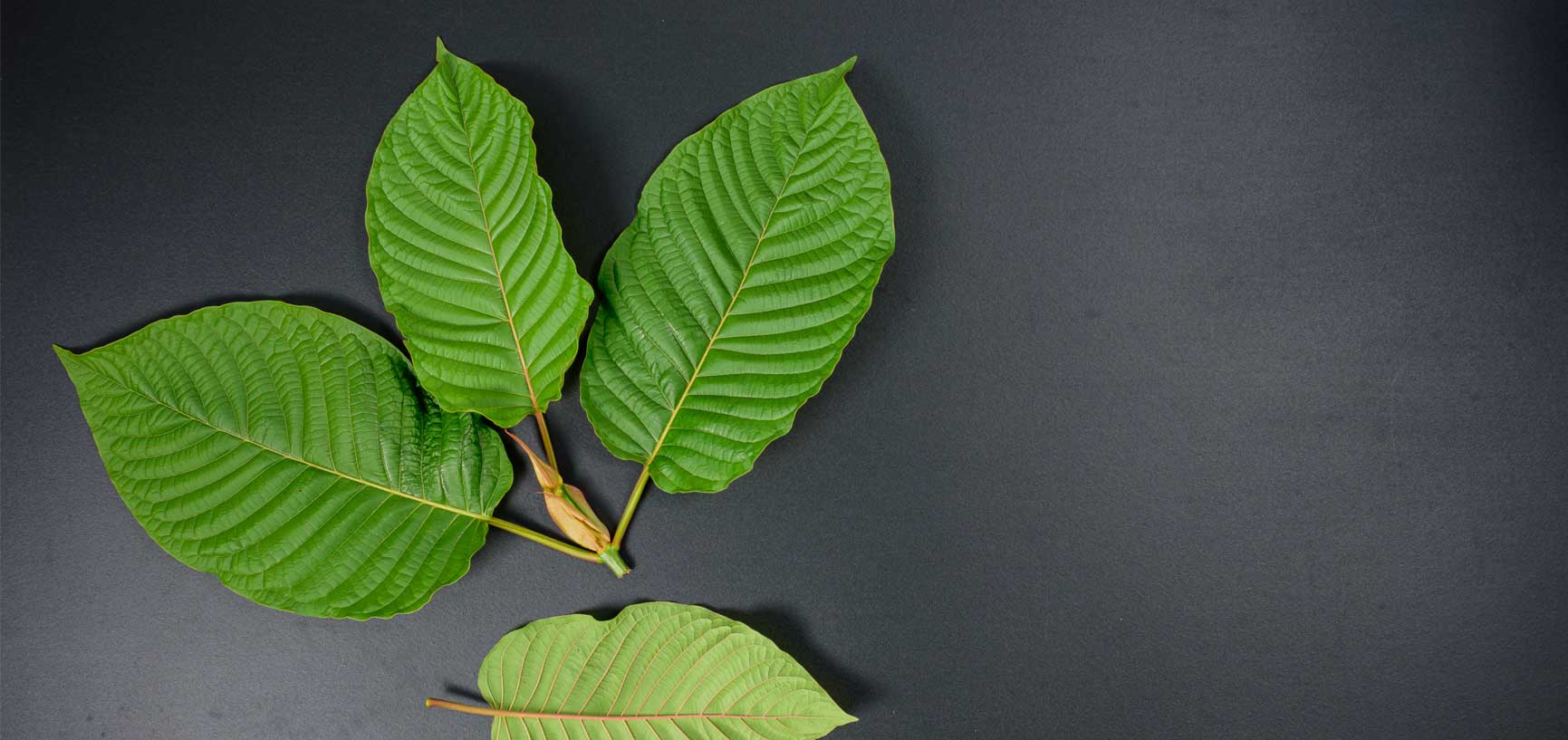Benefits and Hazards
Kratom (Mitragyna speciosa) is a tropical evergreen tree from Southeast Asia and is native to Thailand, Malaysia, Indonesia and Papua New Guinea. The leaves of kratom are consumed either by chewing, or by drying and smoking, putting into capsules, tablets or extract, or by boiling into a tea. The effects are unique in that stimulation occurs at low doses and opioid-like depressant and euphoric effects occur at higher doses. In the US, the herbal product has been used as an alternative agent for muscle pain relief, diarrhea, and as a treatment for opiate addiction and withdrawal. Beside pain, other uses include as an anti-inflammatory, antipyretic (to lower fever), antitussive (cough suppressant), and as an antihypertensive (to lower blood pressure). It has also been promoted to enhance sexual function. None of the uses have been studied clinically. Scientific information about kratom is limited, and there have been few controlled clinical trials conducted to determine whether it is safe for human use. Most of our current knowledge regarding this drug comes from anecdotal reports by users and doctors, as well as animal experiments.
Researchers have found more than 20 biologically active chemicals in the drug. The plant has a long history of use as an herbal medicine in Southeast Asia but kratom abuse is also well known in the region–the drug has been banned in Thailand, Malaysia, and Myanmar due to its addictive potential. some chemicals found in kratom interfere with drug-metabolizing enzymes in the liver and may cause dangerous interactions with other drugs or medications. Overdoses have been reported in kratom users who have taken it in combination with other drugs.
The effects are dose-dependent and occur rapidly, reportedly beginning within 10 minutes after consumption and lasting from one to five hours. At a low dose, stimulant-like effects predominate and last for 60 to 90 minutes. Users feel a two-tiered effect. Initially a burst of energy very similar to a strong cup of coffee. Unlike coffee, however, the energy is longer-lasting and level. Then a feeling of relaxation but short of sedation. While reports by kratom users indicate that most people find these effects pleasant, some users experience an uncomfortable sense of anxiety and agitation. The primary stimulant-like effects of kratom are similar to amphetamine, though less intense. Moderate to high doses (over 5 grams) of kratom have primarily opioid-like effects that last for several hours.
The euphoric “high” induced by kratom is reportedly less intense than other opioid drugs, and some users describe the experience as unpleasant.
Kratom is legal by default in much of the U.S. It isn’t classified or listed as a controlled substance. However, the FDA currently and clearly prohibits the sale of kratom products as a health product because of its alkaloid content. Studies and news will certainly continue on whether or not kratom should be considered a safe stimulant, pain reliever and effective drug addiction treatment or if it should be banned just like any other dangerous, illegal and addictive drug.
Always seek the advice of your physician or other qualified health provider with any questions you may have regarding any medical condition. For more on the effects of kratom, here’s a link to the Washington Post article titled, What it’s like to be high on kratom, according to the people who use it: https://www.washingtonpost.com/news/wonk/wp/2016/09/16/what-its-like-to-be-high-on-kratom-according-to-the-people-who-use-it/?utm_term=.0d3612cf5d08
Who is NaturalPainRelief.org and Why Do We Exist?
We exist to inform and educate those suffering from temporary or chronic pain to find alternative science-based solutions free from addictive drug treatments and invasive procedures.



